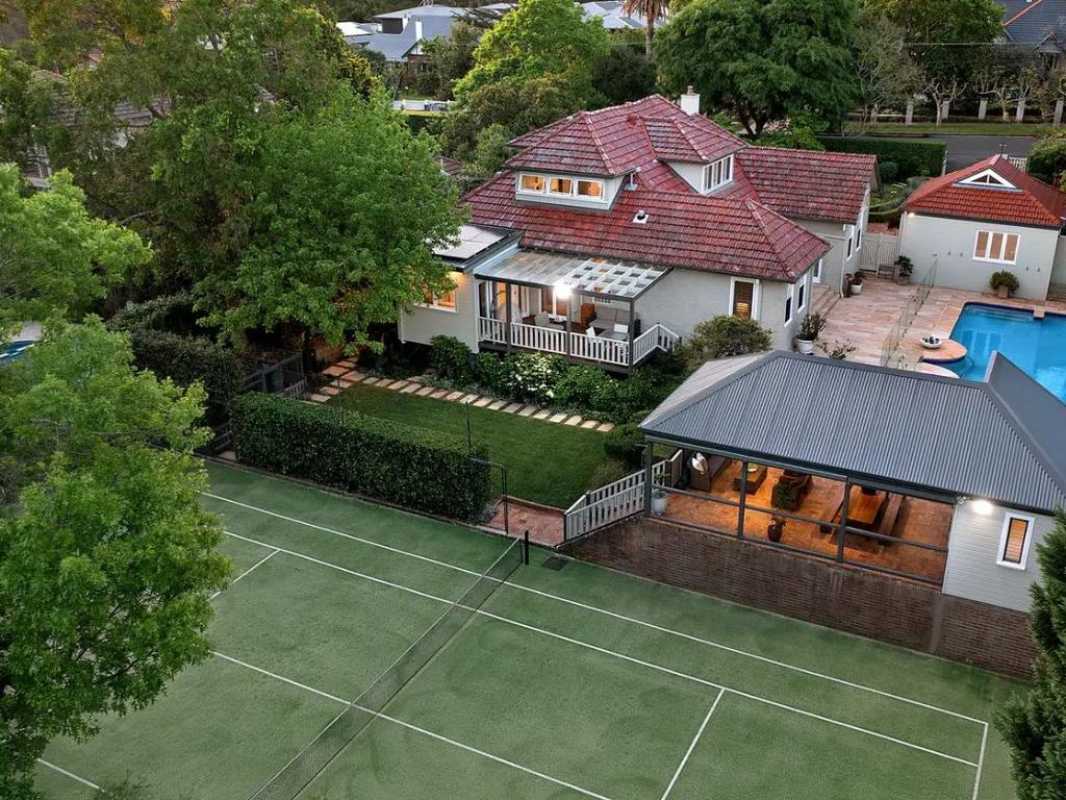Business
Demand for Homes with Tennis Courts Declining as Participation in Tennis Rises

Properties with tennis courts are becoming increasingly rare as the demand for home tennis courts continues to decline. Despite the Australian Open currently captivating tennis enthusiasts, the trend of private tennis courts is not expected to make a comeback.
The decline in home tennis courts can be attributed to factors such as subdivisions and smaller lot sizes, making it harder to find a property with a tennis court.
However, the sport of tennis has experienced a noteworthy resurgence in popularity among both children and adults, according to the Australian Sports Commission. The commission states that there has been a significant increase in participation rates, indicating a potential revival in the sport.
Nerida Conisbee, the chief economist at Ray White, analyzed whether the surge in tennis participation could lead to a renewed interest in home tennis courts. She pointed out that while tennis participation has increased by 30% since 2017, installing a personal tennis court in one’s backyard is currently facing challenges.
One of the main obstacles is the diminishing block sizes in many suburbs that were once synonymous with private tennis courts. As the demand for new housing grows, numerous tennis courts have been replaced by modern residences, further limiting the availability of properties with tennis courts.
Conisbee stressed the importance of choosing the right location for those interested in having a private tennis court. Affluent suburbs with larger blocks tend to be the preferred areas for tennis courts. Melbourne, being the host city for the Australian Open and having a thriving tennis community, leads the way in terms of housing the majority of tennis courts. Suburbs such as Templestowe, Mount Martha, and Mount Eliza have seen a significant number of homes with tennis courts listed in the past two years. In Sydney, the leafy north shore boasts the majority of tennis courts, while Kenmore stands out in Brisbane.
An interesting aspect of the resurgence of tennis courts is its impact on property values. Conisbee explained that while a tennis court should theoretically add value equal to its construction cost, the dynamics are different from other additions like swimming pools. Tennis, being a sport with a more niche participant base, might not command the same premium as a pool, which appeals to a broader audience.
Ultimately, the appeal of a personal tennis court goes beyond monetary considerations, providing enthusiasts with a space to embrace their passion and improve their skills. As tennis participation continues to rise, the decision to secure a property with a tennis court may become not just a real estate choice but a lifestyle one for those devoted to the sport.












